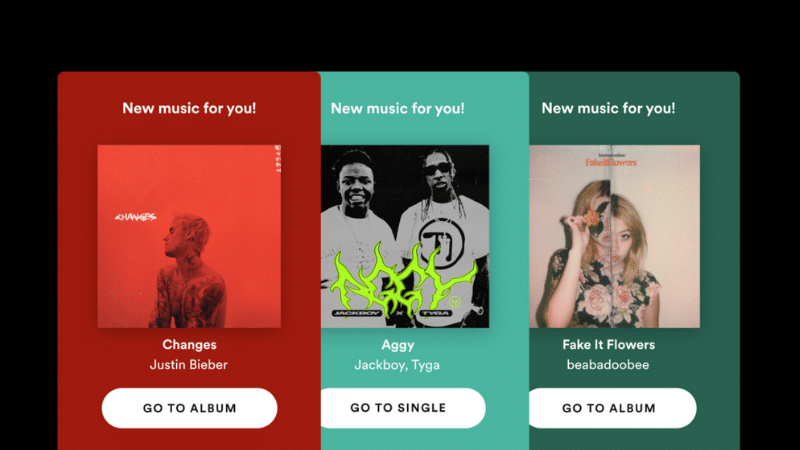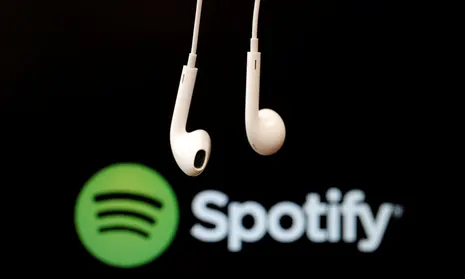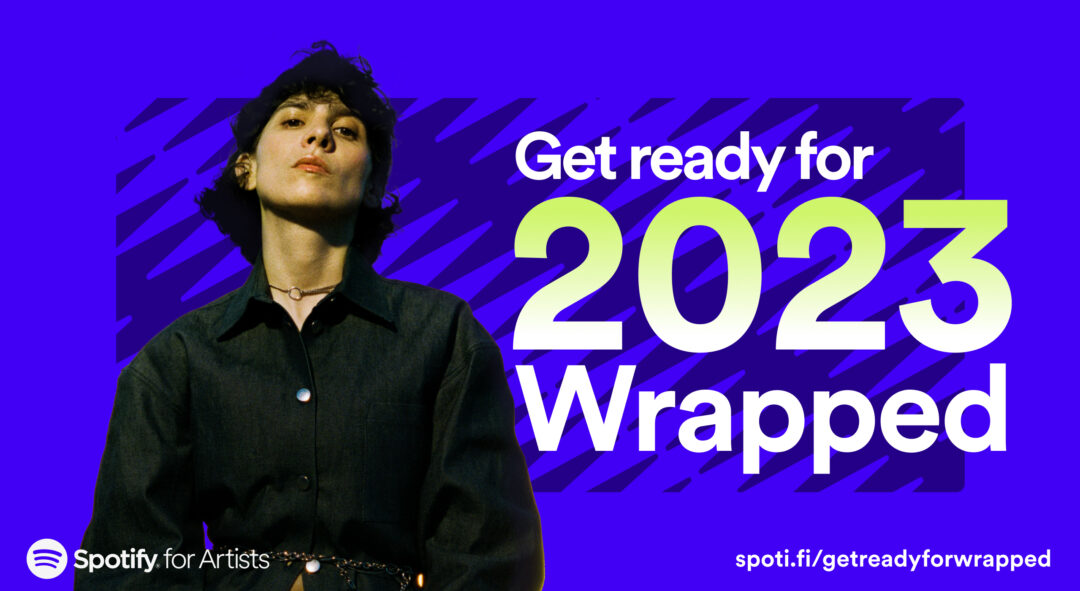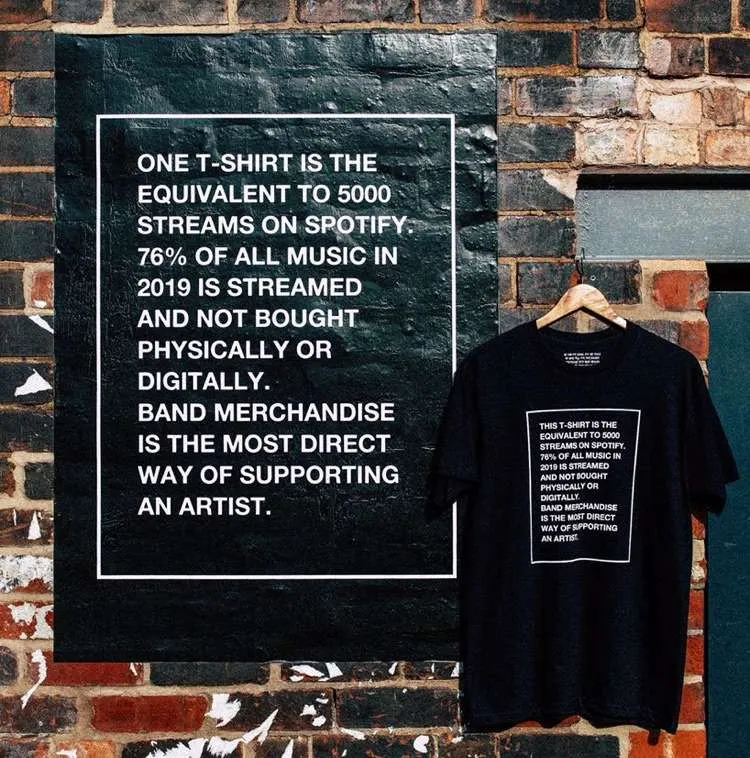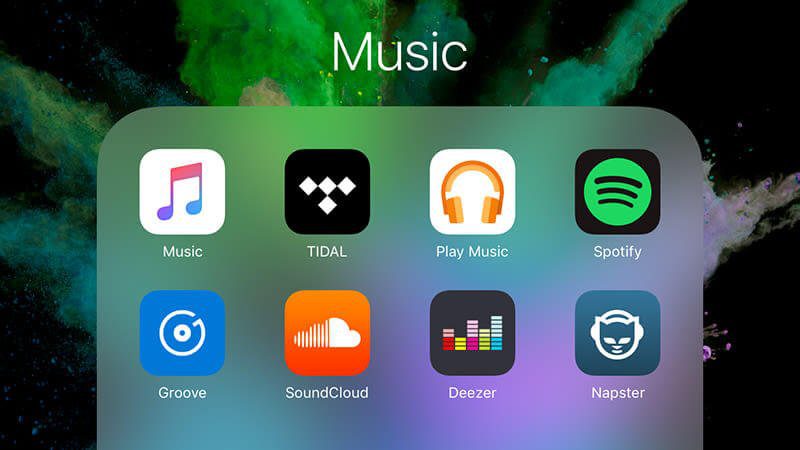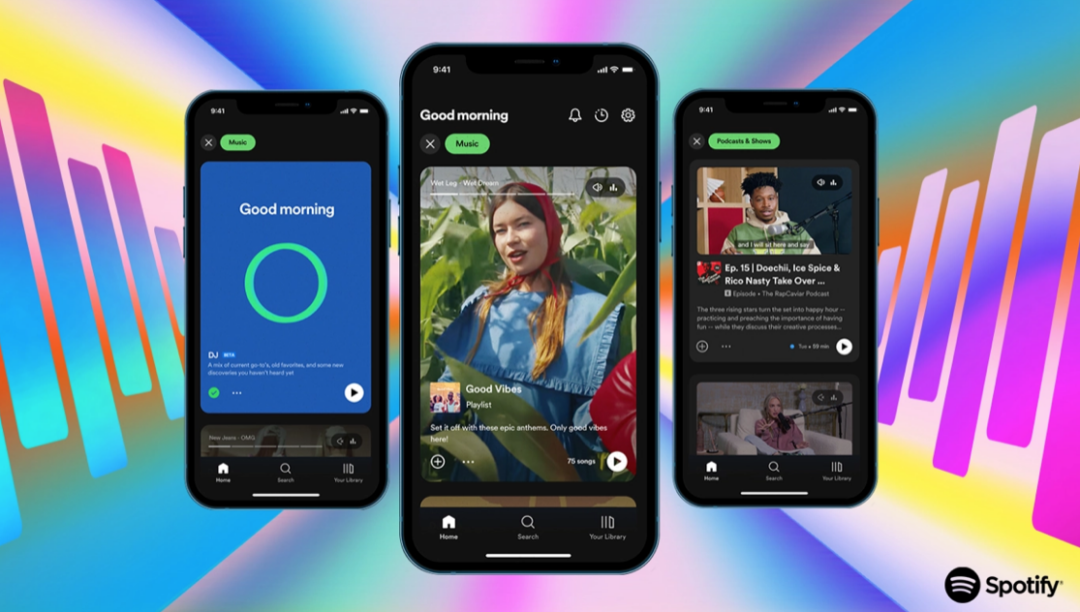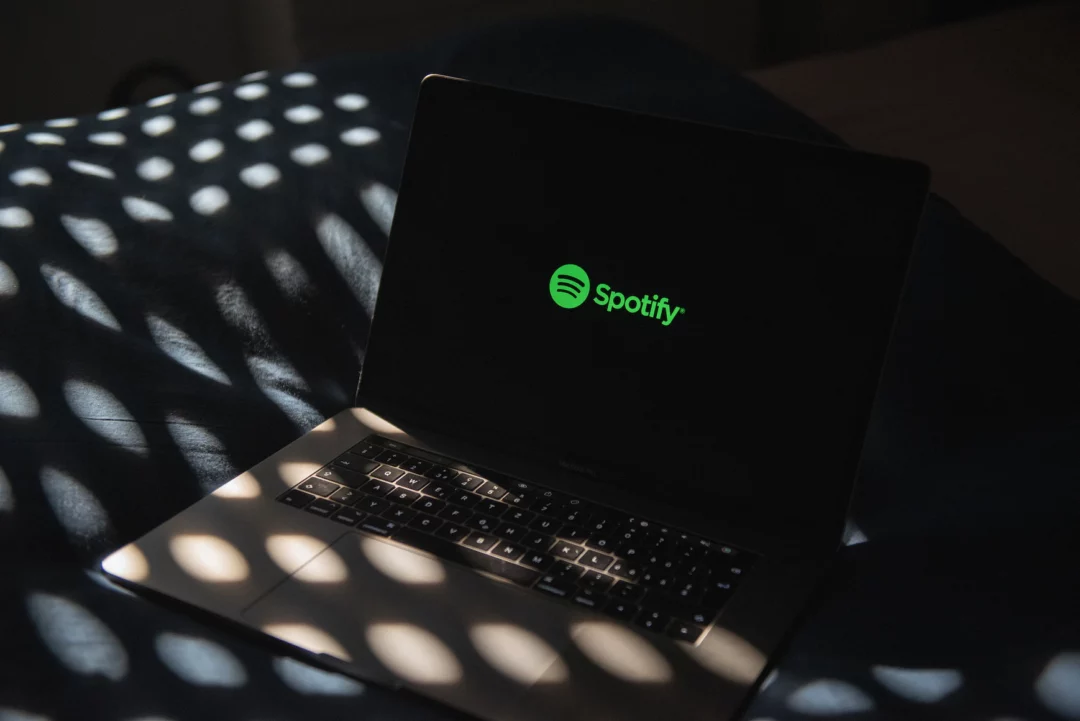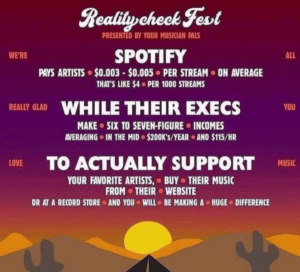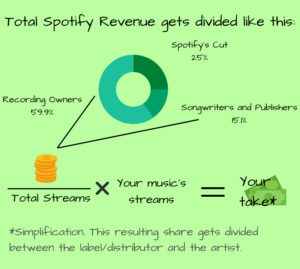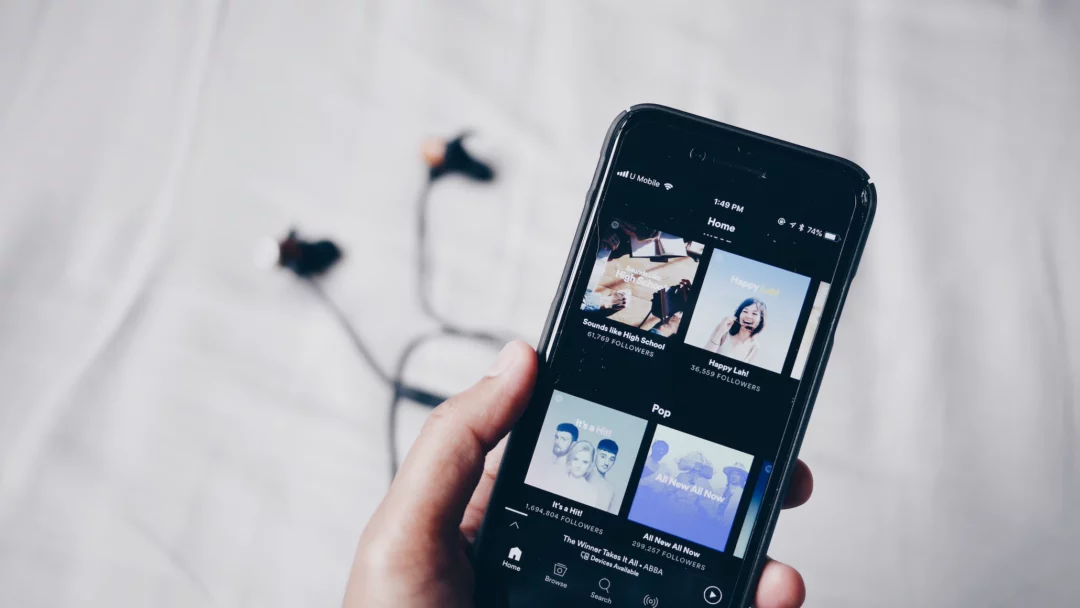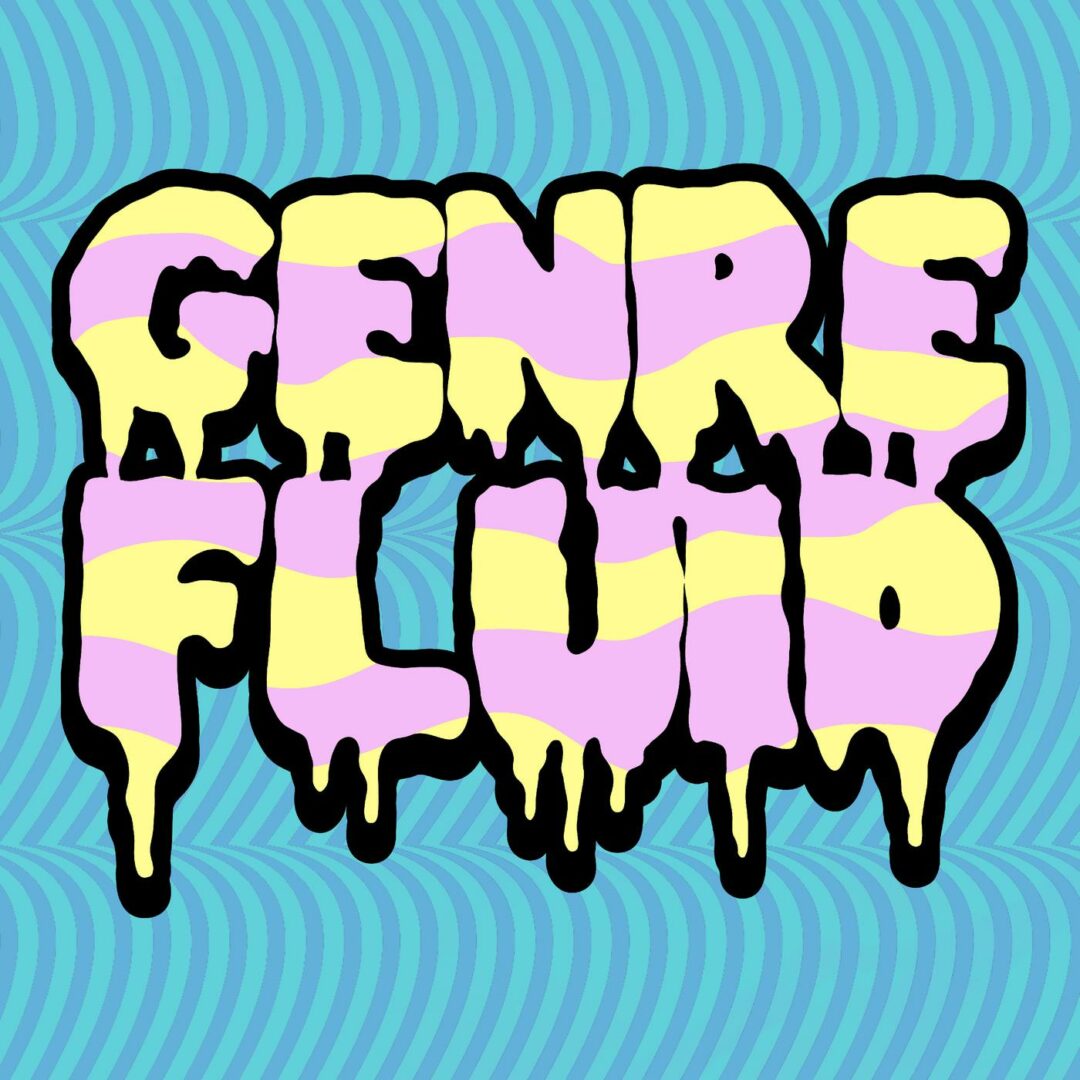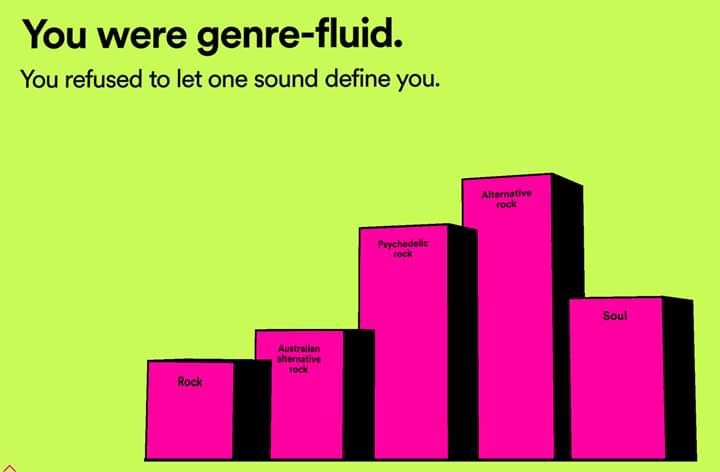If you have fired up Spotify recently, you will have undoubtedly been greeted with sponsored content from artists who have paid to advertise their music on the platform. The internet is awash with searches for how to turn off the feature, signalling that not every premium member of the most divisive music streaming platform since Napster is stoked at the arrival of the new mode of streaming platform advertising.
Frustrations aren’t solely felt on the fan side of things; music’s digital revolution was supposed to democratise music. Platforms like Spotify, Apple Music, and YouTube promised a level playing field where independent artists could stand shoulder-to-shoulder with industry giants. Yet, as we get deeper into this digital age, the reality is quite different, particularly with the rise of sponsored content on Spotify.
In this article, after highlighting the issues which have arisen following the advent of sponsored content, we will explore how sponsored content on Spotify works, and most importantly for independent artists struggling to decide how to spend their marketing budget, if it is worth investing in the ads.
Of course, Spotify has been keen to digress that this form of advertising is far more efficacious than social media ads, and Pay-Per-Click (PPC) ads, but is there any weight to the claim made by the profoundly exploitative platform which has recently announced they will stop paying artists who fail to rack up over 1000 streams in a calendar year? Probably not! Allowing artists to advertise on the platform, rather than solely uploading their music will be just another means to an exploitative end.
Sponsored Content and the Fall of Digital Music Democratization
Spotify launched with the mission to make music accessible to everyone, offering a vast library of tracks for a relatively low subscription fee or even for free with ads. For artists, it was a chance to bypass traditional gatekeepers like record labels and radio stations, reaching a global audience directly. The algorithm-based recommendations seemed to favour the listener’s tastes, theoretically giving every song an equal shot at being discovered.
In recent years, however, Spotify has increasingly integrated sponsored content into its platform. This includes sponsored playlists, promoted songs, and ads tailored to specific user demographics. While this might seem like a natural evolution for a business seeking to maximise revenue, it has significant implications for music discovery and the independence of emerging artists.
Sponsored content creates a disparity in visibility between artists who can afford to pay for promotion and those who cannot. Big record labels, with their deep pockets, can ensure their artists get prime placement in popular playlists, featured spots, and targeted ads. This leaves independent artists struggling to gain traction unless they have substantial financial backing or happen to go viral by chance.
Spotify’s algorithms are designed to keep users engaged by recommending music based on their listening habits. However, when these recommendations are influenced by paid promotions, the algorithm’s impartiality is compromised. Sponsored tracks may get pushed to the forefront, sidelining genuinely popular or high-quality music that doesn’t come with a promotional budget. This can lead to a homogenisation of music, where only those tracks with financial muscle behind them get significant playtime.
For listeners, the increasing presence of sponsored content can be frustrating. It distorts the organic discovery process, where stumbling upon a hidden gem used to be part of the charm of using Spotify. Instead, users are now more likely to encounter music that’s been prioritised because of financial transactions rather than merit or popularity. This undermines the trust that users place in the platform’s recommendations.
How Does Spotify Sponsored Content Work and Is it Worth the Investment?
Spotify offers two main types of promotion: organic and paid. Organic promotion leverages Spotify’s tools to build your audience through follows, likes, and playlist placements without spending any money. On the other hand, paid promotion involves spending money to boost your visibility on the platform.
Paid Promotion on Spotify
Spotify’s paid promotion options include Marquee placements and Ad Studio ads. Here’s a closer look at each:
Spotify Marquee Marquee is Spotify’s premium advertising option. When you invest in a Marquee campaign, your music gets a full-page ad on the Spotify home screen for users in your target audience. Clicking the ad takes users directly to the music you’re promoting. To qualify for Marquee, you need at least 2,500 followers or 15,000 streams in the past 28 days. The cost is based on a per-click basis, and you need a minimum budget of $250. Marquee also offers targeting options to ensure your ad reaches the right listeners.
Spotify Ad Studio Ad Studio allows artists to create audio and video ads that play between songs for free-tier users. You can either upload your own audio or collaborate with Spotify to create an ad. Unlike Marquee, Ad Studio charges based on impressions rather than clicks. This means your ad is about reach rather than direct engagement.
The Economics Behind Spotify Promotion
For independent artists, the decision to invest in Spotify promotion boils down to cost-effectiveness and the potential return on investment. Here’s what you need to consider:
Cost vs. Reach: Paid promotions can be expensive. For Marquee ads, you’re looking at a significant outlay, and for Ad Studio, the return might not be as tangible in terms of direct engagement.
Temporary Boost: Paid promotions can give your music a temporary boost in visibility, but maintaining that momentum requires either continuous investment or a solid fan base to sustain the initial push.
Audience Targeting: While Marquee allows for precise targeting, ensuring your music reaches listeners who are more likely to enjoy it, Ad Studio ads might cast a wider but less engaged net.
Budget Allocation: As an independent artist, it’s crucial to balance your promotional budget. Spending too much on Spotify ads might mean less for other essential activities like social media campaigns or touring.
Alternative Organic Promotion Strategies on Spotify
For most artists, using organic methods to promote on Spotify can be far more effective and 100% free!
Engage with Spotify’s Tools: Use Spotify for Artists to understand your audience and improve your engagement. Tools like Spotify Canvas and Spotify Promo Cards can enhance your profile’s visual appeal.
Playlist Placements: Getting your music on curated playlists can significantly boost your streams and visibility. Pitch your music to playlist curators and engage with playlist communities on social media.
Social Media Integration: Promote your Spotify links on your social media platforms. Encourage your followers to share your tracks and add them to their playlists.
Conclusion
The rise of sponsored content on Spotify highlights a growing tension between commercial interests and the foundational ideals of music democratization. While it’s understandable that Spotify seeks to monetise its platform, it must carefully balance this with its responsibility to maintain a fair and open environment for all artists. Only by doing so can it uphold the promise of the digital music revolution: a world where anyone, regardless of financial clout, can share their music with the world.
The bottom line for independent artists just starting out with a limited budget is focusing on organic growth and leveraging free tools might be a smarter approach. Whereas artists who have already built a solid foundation can consider paid promotion to amplify key releases; this balanced approach can help maximise your reach and build a sustainable career in the music industry.
Article by Amelia Vandergast


